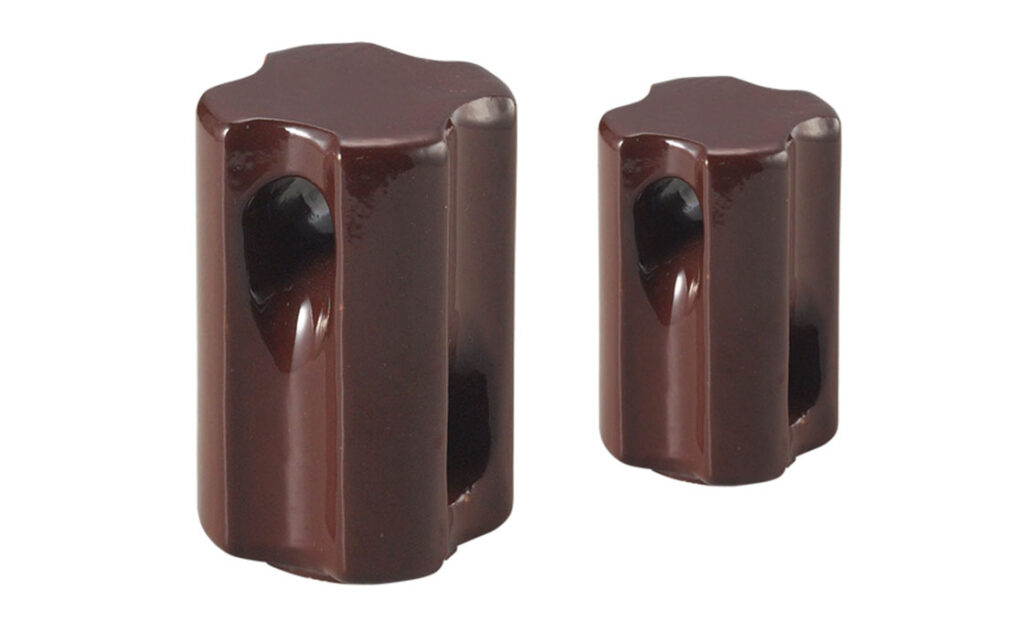
Stay insulators are also known as guy wire insulators or strain insulators. Stay insulators provide electrical insulation to prevent electric current leakage between the guy wires and support structures. This ensures the safety and reliability of the system. They also offer mechanical support and strain relief. This helps to distribute the mechanical loads imposed on the guy wires. It also helps revent excessive stress on the support structures. Stay insulators have high electrical insulation properties. They allow them to withstand voltage stresses applied between the guy wire and support structure. They are long, cylindrical-shaped insulators with metal fittings attached to the guy wire at both ends.
Components of the stay insulator
Every insulator is from different materials and designs that are unique to a specific application. Stay insulators have different components that work together to provide electrical insulation and mechanical support. The components vary depending on the design and material of the stay insulator. Discussed below are the main components of the stay insulator.
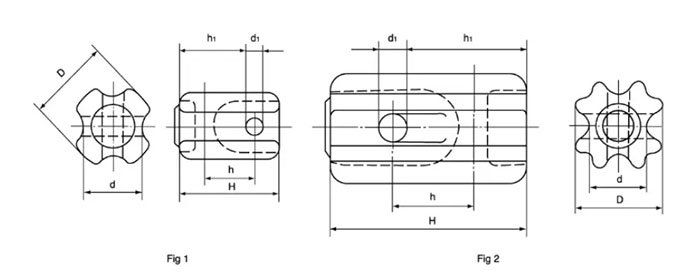
- Body – the insulator body is the main component of the stay insulator. It is responsible for providing electrical insulation. It is cylindrical in shape and made of materials like porcelain, composite or polymer. These materials help to withstand the voltage stress and prevent electrical leakage.
- Metal end fittings – stay insulators have metal end fittings on each end of the insulator body to provide mechanical attachment points for the guy wires.
- Clevis and pin – these components help to connect the stay insulator to the support structure. The clevis is a U-shaped metal bracket while the pin is a metal rod that passes though the clevis and the insulator end fitting.
- Hardware – the stay insulators require various hardware components for proper installation. These include nuts, bolts, washers and clamps to secure the end fittings, clevis and pin.
- Weather shedding – some stay insulators have extra components designed to improve the pollution performance and shedding of moisture. They help prevent accumulation of dirt, dust or pollution on the surface of the insulator. This helps reduce the risk of flashover or electrical leakage.
Types of stay insulators
There are different types of stay insulators used on the power transmission lines and distribution lines. They each have unique designs and features unique to the type of application. The following are the main types of stay insulators used on the transmission systems.
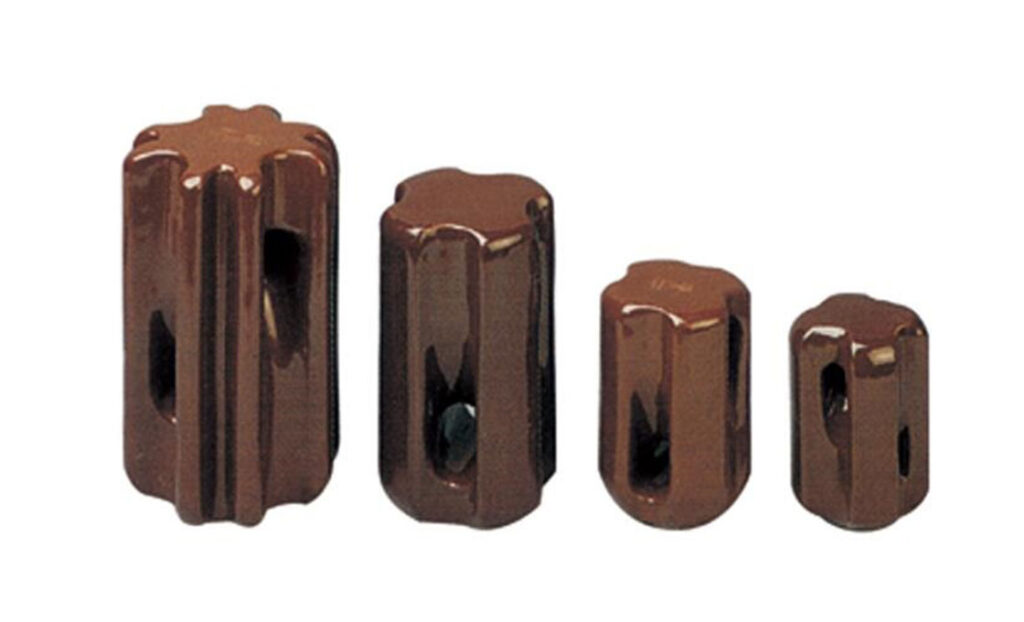
- Angle stay insulators – angle stay insulators install at the angled section of the guy wire where they change direction. They help maintain the necessary clearance between the guy wire and the support structure. This also helps them withstand the mechanical forces exerted on the angle point.
- Suspension Stay insulators – these are the most widely used type of insulators designed with a long cylindrical insulator body and metal end fittings.
- Non-ceramic stay insulators – non-ceramic stay insulators are from composite materials or polymer instead of porcelain. They offer benefits like lightweight construction, high pollution resistance, and excellent mechanical properties.
- Strain Stay insulators – these are also known as tension stay insulators designed to handle high mechanical loads. They work in locations where the guy wires experience tension or strain.
- Insulated stay rods – insulated stay rods work in specific applications where the entire length of the guy wire needs insulation. They have a solid or hollow rod made of insulating material for attachment to the support structure.
- Vibration dampening stay insulators – these are also known as vibration control or anti-vibration stay insulator. They help to reduce the vibrations of oscillations of the guy wire caused by winds or other factors. They have different materials that absorb and dissipate the vibrations. This helps reduce the stress on the support structure.
Applications of the stay insulators
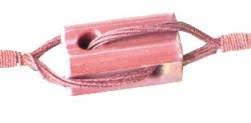
- Stay insulators work in locations where the guy wire experience high tension.
- Stay insulators work in overhead transmission lines and distribution systems.
- They provide electrical insulation for guy wires to provide extra stability and support. They ensure there is no electrical leakage between the guy wires and the support structures.
- Stay insulator work in areas with high pollution levels to offer superior pollution resistance compared to porcelain insulators. Such areas include the industrial areas, urban environments or coastal regions.
- Stay insulators also work in areas prone to wind-induced vibrations or oscillations of guy wires. They incorporate design features that absorb and dissipate vibrations to reduce stress on the support structures.
- The insulators also play a vital role in distributing mechanical loads along the guy wires. They also reduce stress concentrations on support structures. They mitigate tension, compression and other mechanical forces.
- They also work in areas where the guy wire experiences high tension and strain like dead end structures and areas with heavy ice loads.
Installation of the stay Insulator
The installation process of the stay insulator varies depending on specific design, type of stay insulator and project requirements. Some manufacturers provide guidelines and instructions on how to install the stay insulator for the specific application. If in doubt, always consult a professionals and experienced experts on how to install. Below are the various steps used during the installation process.
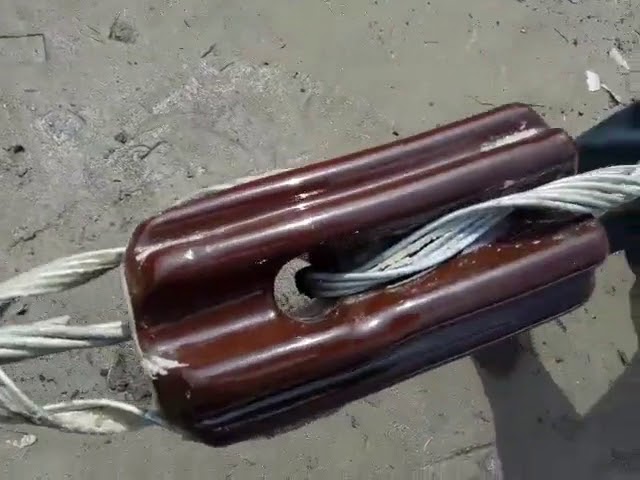
- Ensure the work area is safe and accessible by clearing any debris or obstacles that may hinder the installation process.
- Identify the specific locations where stay insulator are necessary along the guy wires. This depends on the design requirements, mechanical load considerations and the intended function of the insulator.
- Attach the metal end fittings of the stay insulator to the guy wires using clevis and pin assemblies or other appropriate hardware.
- Secure the insulator to the support structure by following the manufacturer’s guidelines. Use appropriate fasteners to secure the connection.
- Verify that the installed stay insulator maintains the required clearances between the guy wire and other conductive components. Clearances prevent electrical arcing or flashovers. They also ensure the overall safety of the transmission line.
- Repeat the installation process for each designated installation point along the guy wire where stay insulator are necessary.
- Conduct thorough inspections after installation to ensure all connections are secure and the insulators are in good conditions. Check for signs of damage like cracks, chips or deformations.
Selecting the bet stay insulators for your application
As already discussed, stay insulators are of different designs and specifications for different applications in the field. These are available from different manufacturers and suppliers n the energy market. Select the stay insulators that are best suited for your type of application. This ensures optimal electrical insulation, mechanical support and long-term reliability of your transmission system. The following are the various factors to consider when selecting the stay insulator.
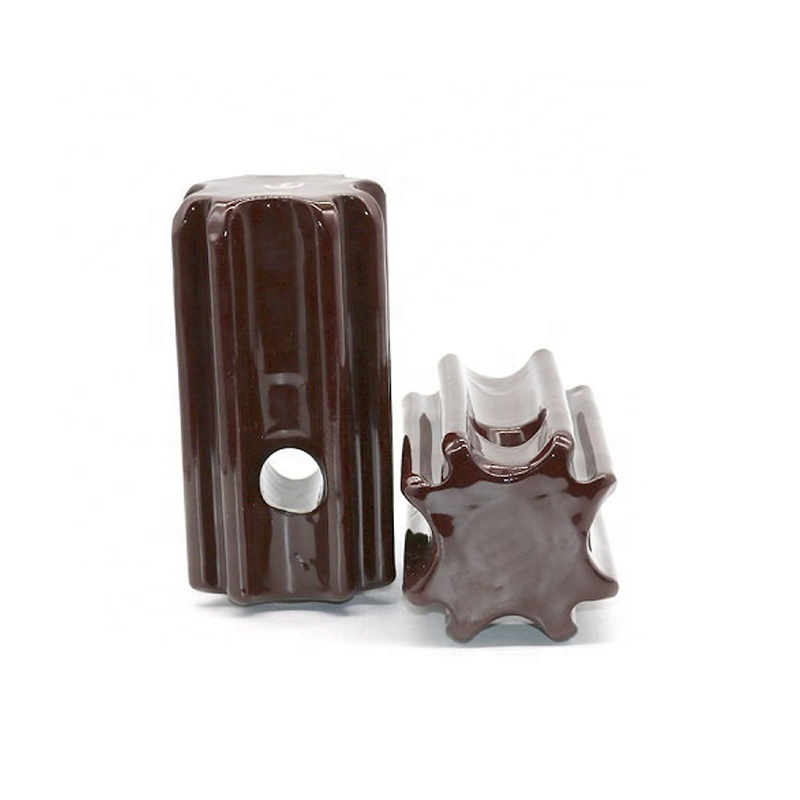
- Consider the manufacturer and supplier’s reputation in the market. They should have a proven track record of producing high-quality devices. A reliable manufacturer will provide guidance, technical support and after sales service.
- Evaluate the voltage rating and electrical insulation requirements of your specific application.
- Consider the environmental conditions which the stay insulator will install. These factors include pollution levels, humidity, temperature variations, UV exposure and coastal environments.
- Consider the cost effectiveness of the stay insulator taking into account the upfront costs, long term maintenance requirements and expected lifespan.
- Assess the mechanical load capacity of the stay insulator. Considering factors like tension, compression, wind loads, ice loads and other mechanical forces.
- Select the stay insulator with the best material based on your kind of application.
- Ensure that the stay insulator meet the relevant industry standards and regulations. These may include standards for electrical insulation, mechanical load capacity, pollution performance and environmental conditions.